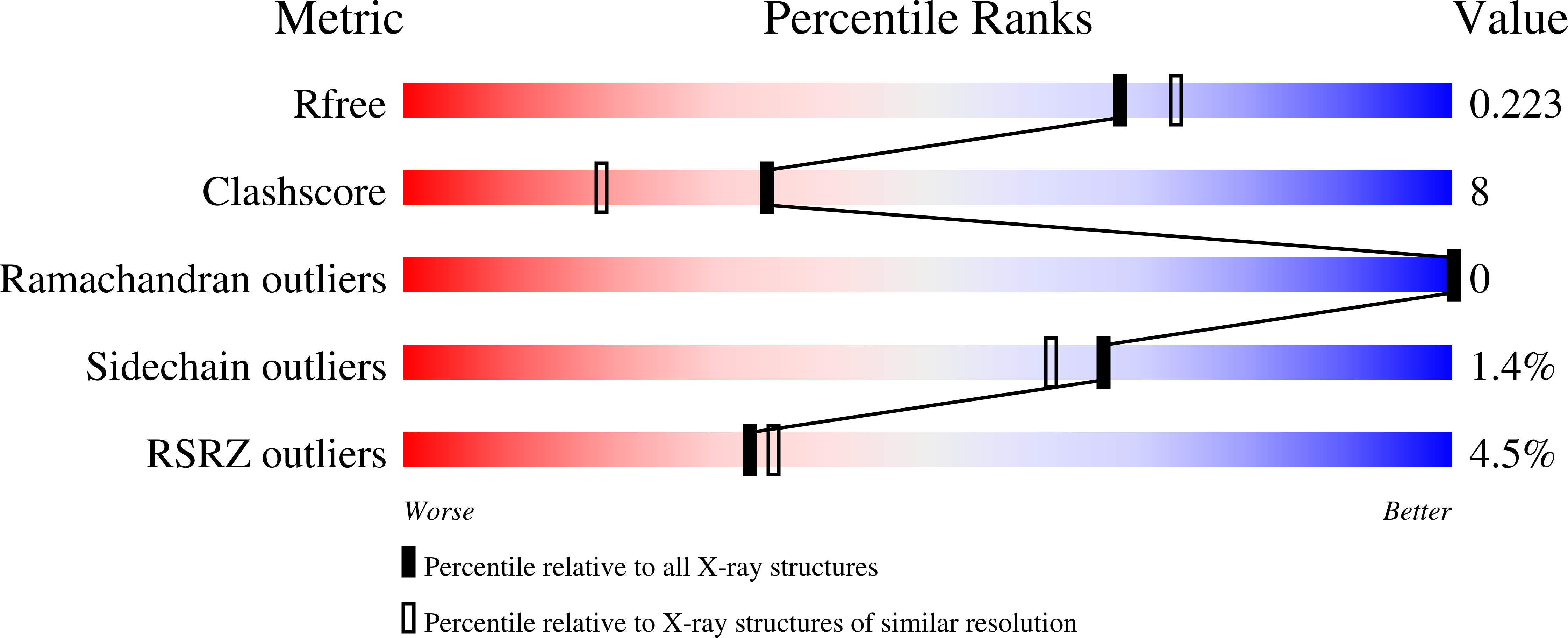
Deposition Date
2022-03-01
Release Date
2022-09-07
Last Version Date
2024-11-06
Entry Detail
PDB ID:
7U55
Keywords:
Title:
Crystal structure of Thermoplasmatales archaeon heliorhodopsin at pH 4.5
Biological Source:
Source Organism:
Thermoplasmatales archaeon SG8-52-1 (Taxon ID: 1803816)
Host Organism:
Method Details:
Experimental Method:
Resolution:
1.97 Å
R-Value Free:
0.22
R-Value Work:
0.19
R-Value Observed:
0.20
Space Group:
P 21 21 2


